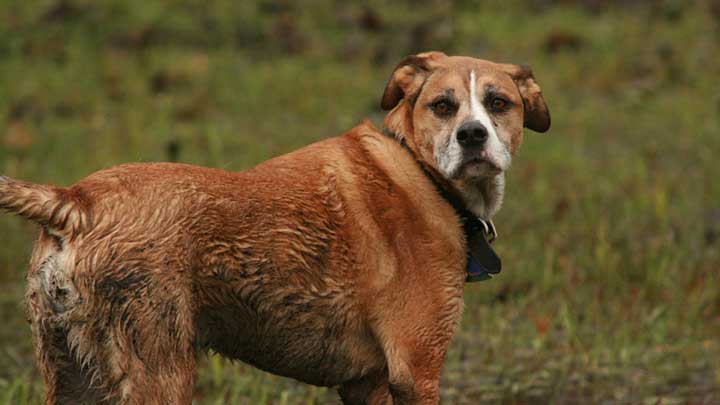Health
A Guide To Canine Diabetes: Reduce Your Dog’s Vulnerability To The Condition By Altering His Diet
Just like the amount of humans who have diabetes is on the rise, more and more dogs are developing the condition. The reasons are similar; unhealthy diets paired with sedentary lifestyles.
There’s a lot a dog owner needs to know about canine diabetes; it’s different from human diabetes in several ways, can be prevented by different methods and needs to be managed differently. Over two installments, we’re going to give you a background into canine diabetes, preventing and managing it.
The Background
Diabetes is caused by the inability to produce insulin or the inability to process it appropriately. When a dog eats, food is broken down into glucose which needs insulin to carry it to cells. Typically, the pancreas is supposed to secrete insulin. However, if the pancreas does not do this, or the body is unable to process insulin normally, the dog’s blood sugar levels will rise causing a variety of health problems.
Most often, dogs suffer from Type 1 diabetes; when the pancreas produces inadequate levels of insulin. Because of low levels of insulin, glucose is not distributed throughout the bogy, depriving it of the energy it needs to function. The glucose will be expelled from the dog’s body as urine, making him thirstier and hungrier, as – due to the lack of energy – the body is tricked into believing it has not received food.
Untreated diabetes can lead to a variety of problems from lethargy and depression to an enlarged liver to bladder infections to cataracts to obesity.
Prevention
After a dog develops diabetes, there are a variety of measures that a vet will suggest to manage the condition to ensure your dog continues to live a fairly healthy life. However, it’s always better to take steps to ensure your dog is less vulnerable to the condition in the first place.
Most experts agree that a healthy diet paired with regular exercise can go a long way in reducing the disk of canine diabetes. Additionally, it has been found that obesity can increase the risk of developing diabetes. That said, here are some specific factors you can take under consideration when planning your dog’s diet.
Reducing Stress On The Pancreas
Some studies have shown that there’s a link between the inflammation of the pancreas and the risk of diabetes. Therefore, it seems wise to reduce the strain on your dog’s pancreas.
Canine pancreases are built to digest proteins and a small amount of plant matter. Biologically, and historically, canines have not fed on carbohydrates. Therefore, cut down on the amount of carbohydrates that your dog eats – this includes feeding him or her a limited amount of rice, bread and other starchy grain based foods. Instead, transition him to a –
High Protein Diet
As we mentioned, dogs’ pancreases are more tuned to processing proteins. Increase your dog’s daily quota of chicken and eggs. Try avoiding red meats as they tend to be fattier and may cause your pooch to develop obesity.
Tackling Obesity
Obesity has been found to make cells more resistant to insulin. Therefore, take whatever steps necessary to guard your dog from becoming obese. Consult with your vet about a healthy weight for your dog’s breed and size and make sure he gets plenty of exercise.
Additionally, you can alter his diet to reduce fat content that will help avoid weight gain. Cut down on carbohydrates and increase proteins as we suggested. Additionally, if your dog is a breed that tends to overeat (such as Labradors) try giving him chicken stock along with his meals; the water will fill him up, and also carries nutritional value. Head here for more information on tackling canine obesity.
Prepare Home Cooked Meals
By feeding your dog home cooked meals, you have more control over the protein, fat and carbohydrate content of his meals. Additionally, you cut down on preservatives that go into his system.
Even with a healthy diet, a dog still may develop diabetes. Certain breeds, such as Australian terriers, schnauzers, dachshunds and poodles are more prone to the condition. If you suspect that your dog has developed diabetes (look out for signs like a change in appetite, lethargy, increased urination and excessive thirst) consult with your vet. There’s a variety of steps you can take to ensure that your dog can still lead a happy, comfortable life; look out for our guide on diet recommendations for a dog with diabetes coming out soon.


























